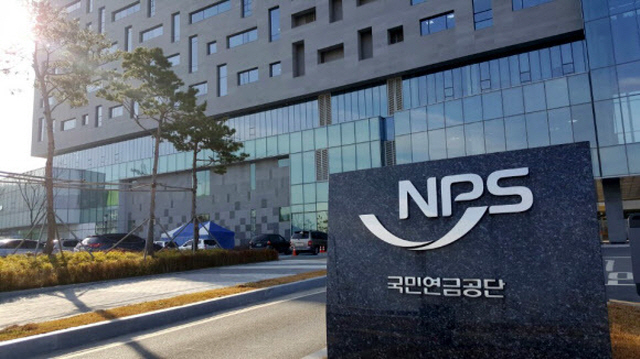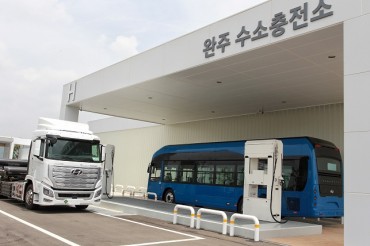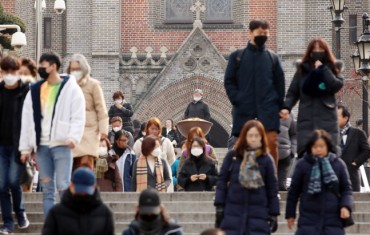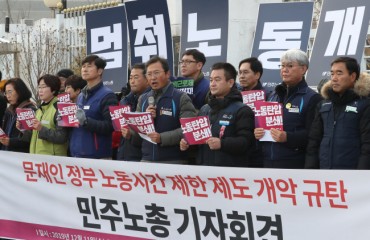SEOUL, Jun. 26 (Korea Bizwire) — The national pension could run out of money by 2058 if current financial conditions continue, two years earlier than previously projected by the government, a research publication said Tuesday.
The paper from the Korea Institute for Health and Social Affairs (KIHASA) predicted the National Pension Service (NPS) will start running a deficit from early 2040s after hitting the highest reserve of 1,576.9 trillion won (US$1.41 trillion) at current value, or 852 trillion won in constant value, in 2041 before depletion in 2058.
The estimates were drawn based on trends shown in pension subscriptions and beneficiaries, insurance payments, average income of subscribers and unemployment rate, plus other factors.
The government conducts reviews on the financial soundness of the NPS every five years, with the latest one currently under way. The prior review in 2013 predicted the pension money may run out in 2060 after peaking in 2043 at 2,561 trillion won at current value.
KIHASA’s paper said if the current pension collection rate is not raised and the payment amount remains the same, the cost of pension subscription may have to be hiked 26.3 percent in 2058 and 27.4 percent in 2060 to sustain the system.
Government review from 2013 said pension collection would have to be increased from the current 9 percent to 14.3 percent in 2017 to stay in surplus.
The proportion of pension payment to gross domestic product, measured at 1.1 percent in 2016, is expected to jump to 2.1 percent in 2030, to 3.8 percent in 2050 and hit 4.3 percent in 2060, according to the study.
The low birthrate will start reducing the number of pension subscribers, the study said, from 21.25 million in 2016 to 17.47 million in 2030 to 11.62 million in 2060. The number of pension recipients, however, will rise steeply from 4.39 million in 2016 to 8.4 million in 2030, 15.38 million in 2050 and 16.99 million in 2060, it projected.
The dependency ratio of pension subscribers to recipients will consequently rise from 16.1 percent in 2016 to 47.3 percent in 2035, 104 percent in 2055 and 118.5 percent in 2060, the paper said.
(Yonhap)








Thank you for sharing! I hope you will continue to have great articles like this to share with everyone!
I have read through your blog, your blog is very or very detailed it, thank you for sharing, I hope to read more of this good blog.
Thanks for delivering good information With us fabulous work do the dew…
I have read through your blog, your blog is very or very detailed it, thank you for sharing, I hope to read more of this good blog.